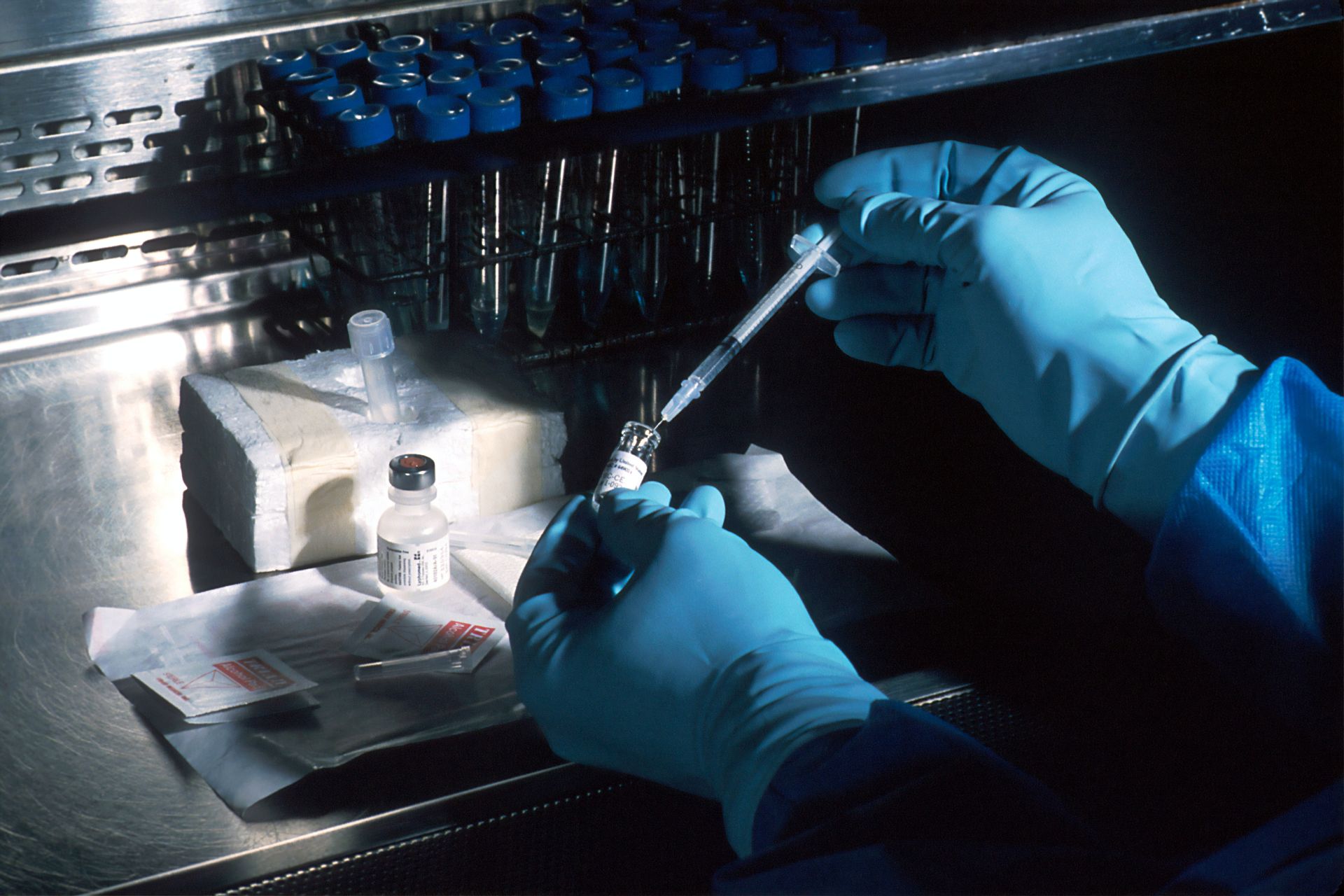BPC-157 Peptide and Healing
BPC-157 represents a short segment of a naturally occurring protein known as body protection compound (BPC). It may be found in various tissues, such as the liver and skin, though it was first isolated from the stomach fluid, also known as the gastric juice. Previous studies may have suggested the efficacy of both BPC-157 and the parent protein BPC in potentially promoting tissue healing. New research may be focused on exploring the molecular mechanisms for the same.
Fibroblast Outgrowth and Migration
In vitro assays have suggested that the peptide may help prolong fibroblasts’ survival by about 1.5x longer. The cells may also tend to exhibit higher activity. Fibroblasts are motile cells found in most connective tissues. When there is an injury to tissues, fibroblasts migrate to the site to initiate the process of repair. They may also divide and reproduce to increase the number of fibroblasts available for tissue repair. In vitro research suggests that BPC-157 peptide concentrations might directly influence fibroblast migration. The highest recommended concentration of the peptide may also correlate with the potentially highest levels of fibroblasts. Scientific data suggests that the peptide is not only a potential chemoattractant for fibroblasts but may also enhance cellular migration 2.5 times the normal rate of migration. The cells may also show enhanced division by three times.
Genetic Modification
Previous research suggested that the BPC-157 peptide may also regulate collagen functions of fibroblasts. Fibroblasts are speculated to be responsible for collagen deposition and maintenance. Recent findings suggest that the peptide may also bring about genetic modulation in the fibroblast cells, potentially helping in increased expression of the GH receptor gene in fibroblasts. Hence, BPC-157 may also be speculated to alter the functions of the DNA.
Fibroblasts are found in the intestine, especially in connective tissues. The exposure of the peptide to injured connective tissue may enhance the response to growth hormone by increasing the receptor density, as some studies may suggest. Hence, even though the GH levels appear to remain the same, there may be greater hormone uptake at the injury site, potentially expediting the rate of healing. Ongoing studies reveal potentially greater potential impacts of the peptide than are currently known.
BPC-157 Peptide Research
BPC-157 peptide has been observed to potentially promote healing in various types of injuries like inflammatory bowel disease, muscle, tendon wear, and tear. A 2014 research study on animals suggested that a fraction of the healing response may be due to the increased production of GH receptors in the injured tissues upon BPC-157 peptide exposure. Various growth factors may have been involved in the tissue healing process, as some research studies speculate. Each of the proteins may function depending on the extent of the injury and specific tissue that has endured the damage. GH may be crucial for repairing damage to connective tissues like skeletal muscles, bone, cartilage, tendons, and ligaments. It may further promote the secretion of collagen, a protein that helps scaffold various connective tissues. BCP-157 peptide might be speculated to enhance the effects and recovery by recruiting GH to damaged tissues.
The Net Effect
BPC-157 peptide has been suggested by researchers to promote fibroblast migration, survival, division, and enhance the rate of their movement to the site of injury. Thus, the peptide might improve the rate of repair by several folds. This may be achieved through the stimulation of natural healing processes, potentially enhancing natural repair mechanisms.
Disclaimer: The products mentioned are not intended for human or animal consumption. Research chemicals are intended solely for laboratory experimentation and/or in-vitro testing. Bodily introduction of any sort is strictly prohibited by law. All purchases are limited to licensed researchers and/or qualified professionals. All information shared in this article is for educational purposes only.






